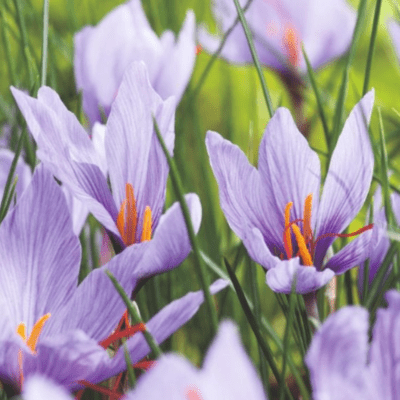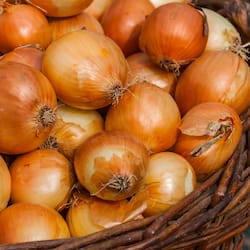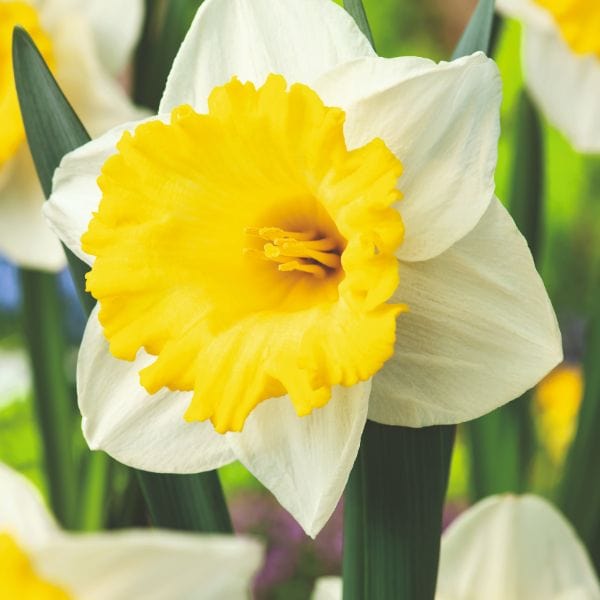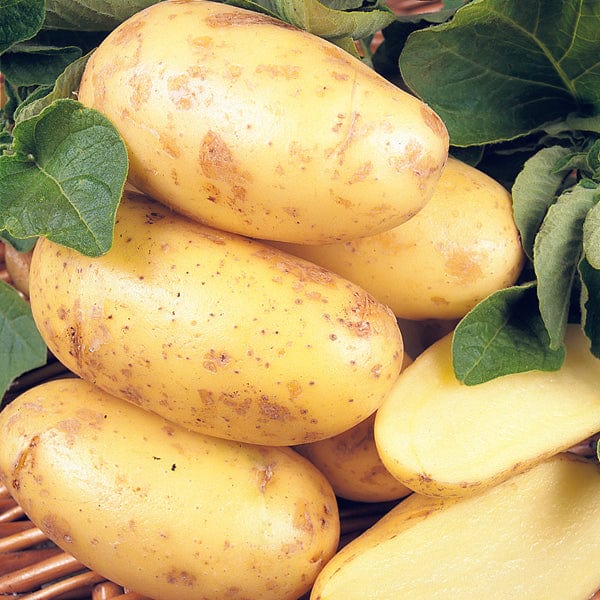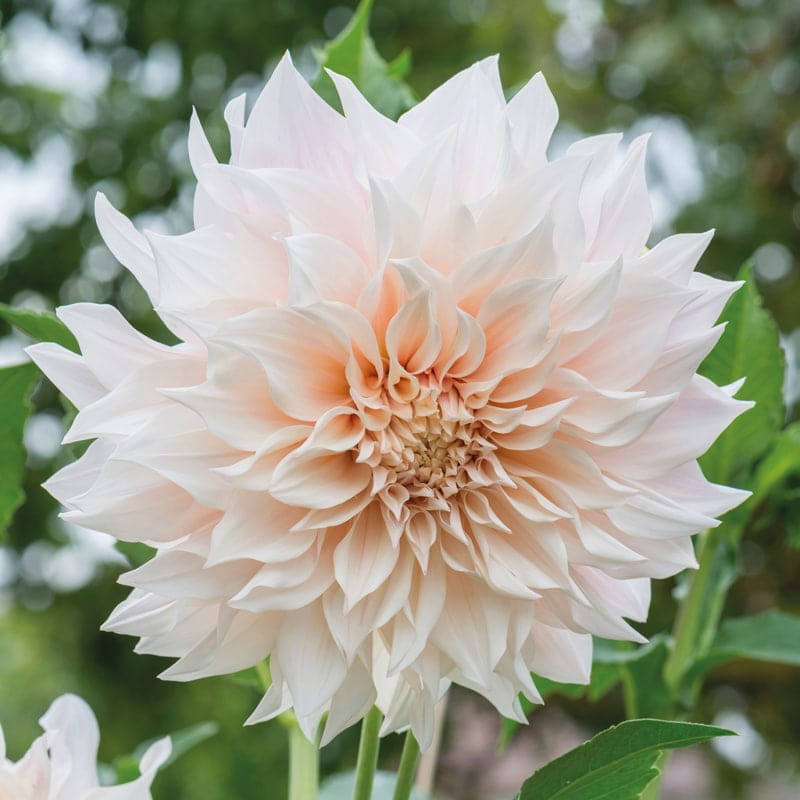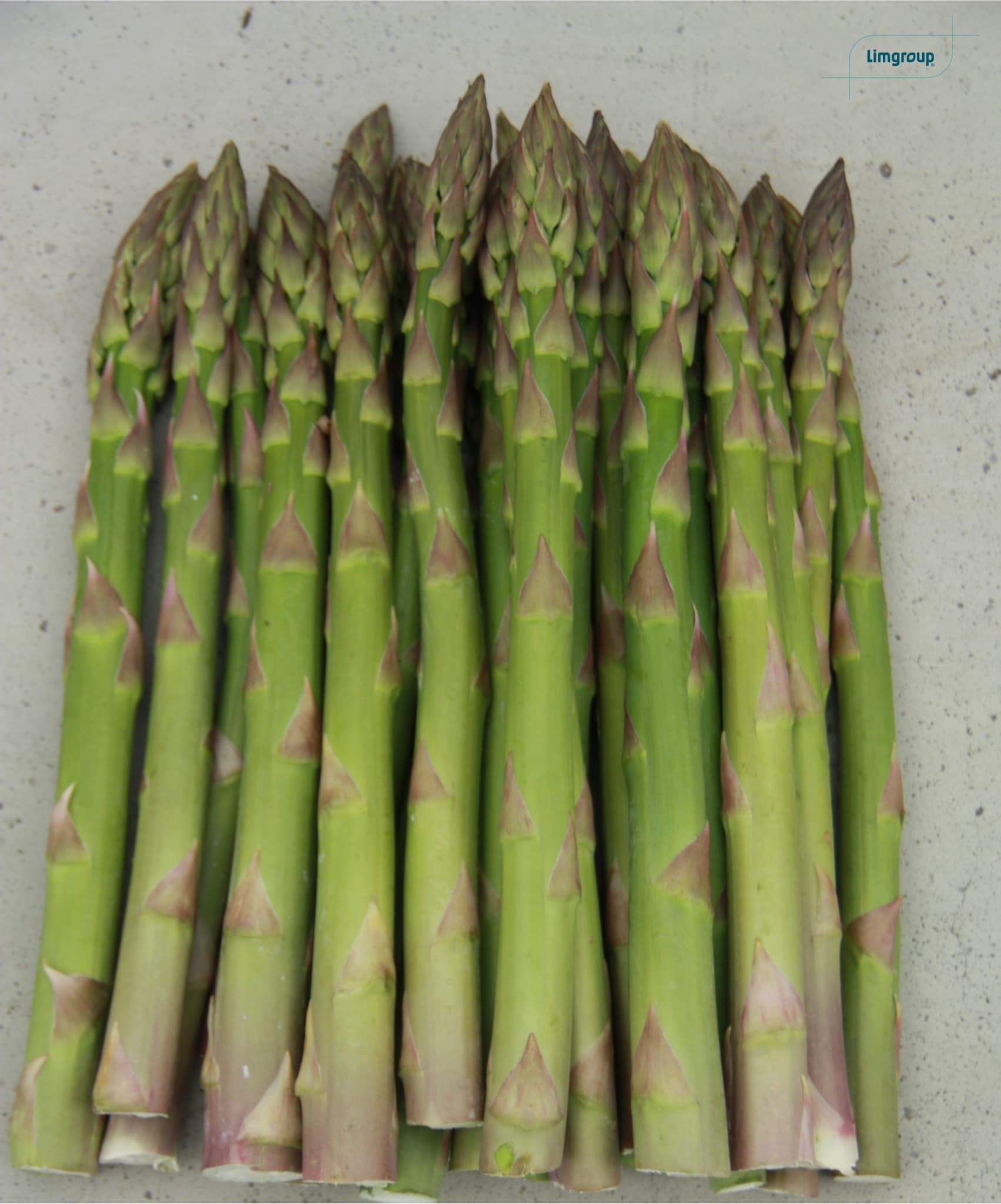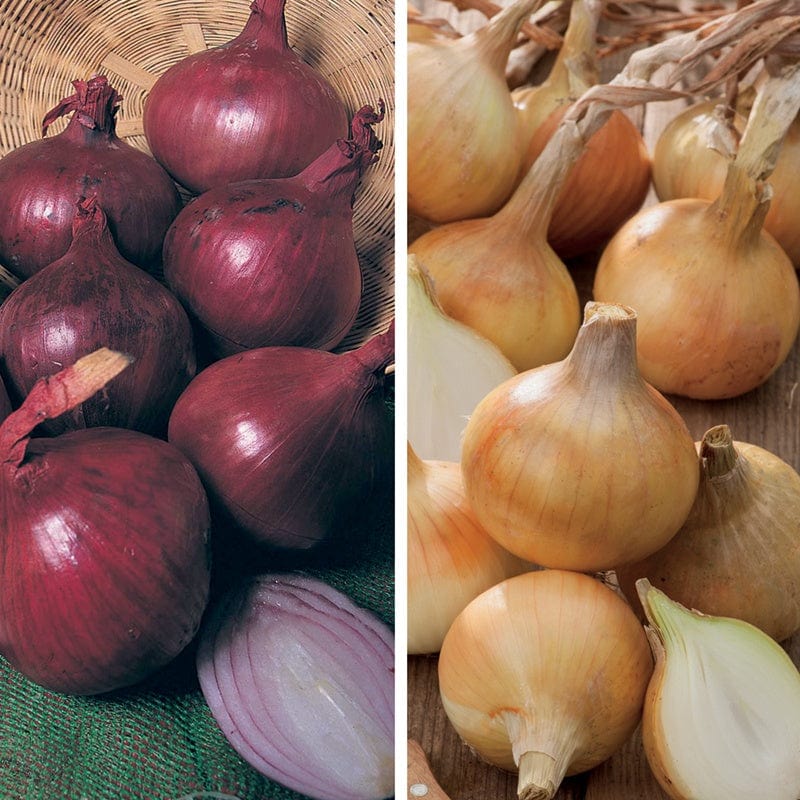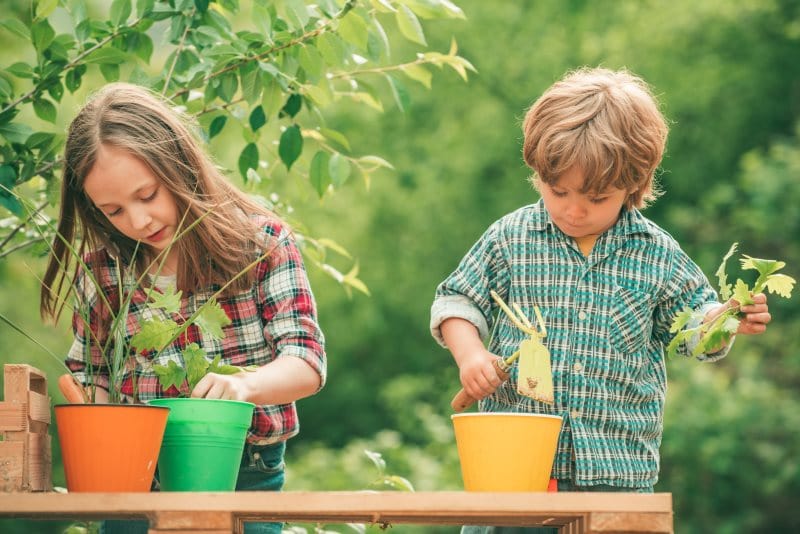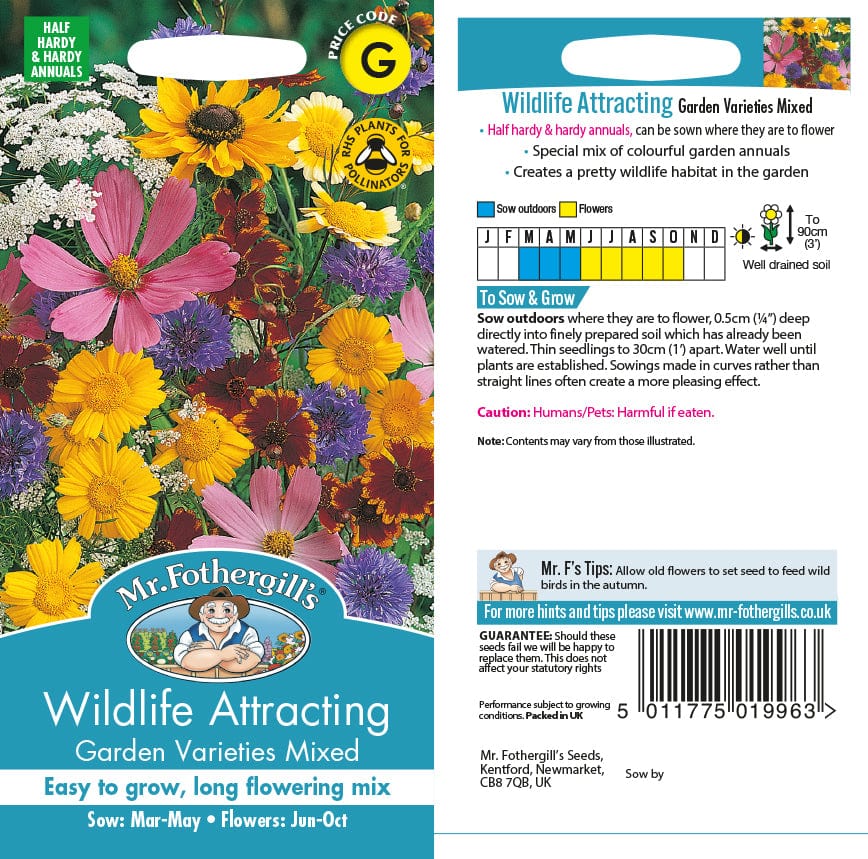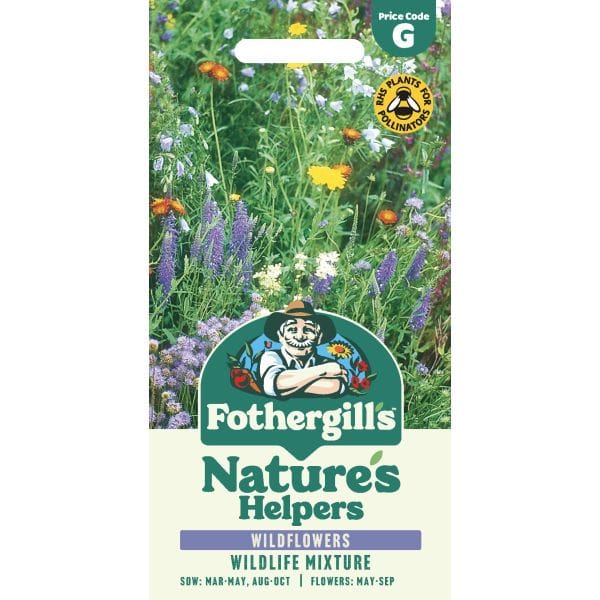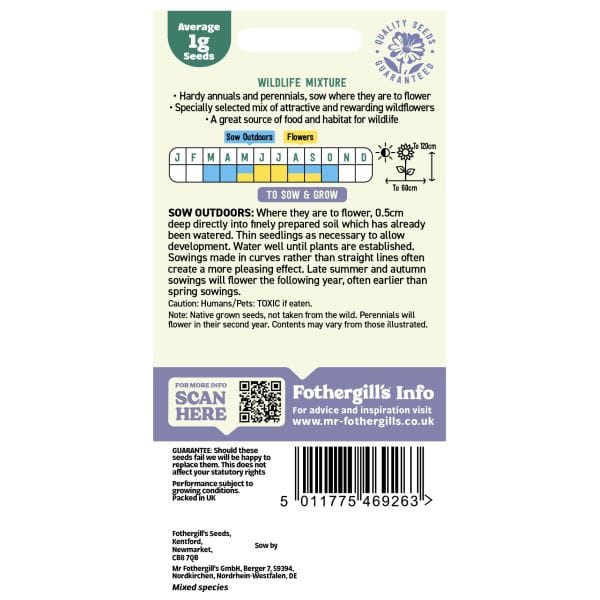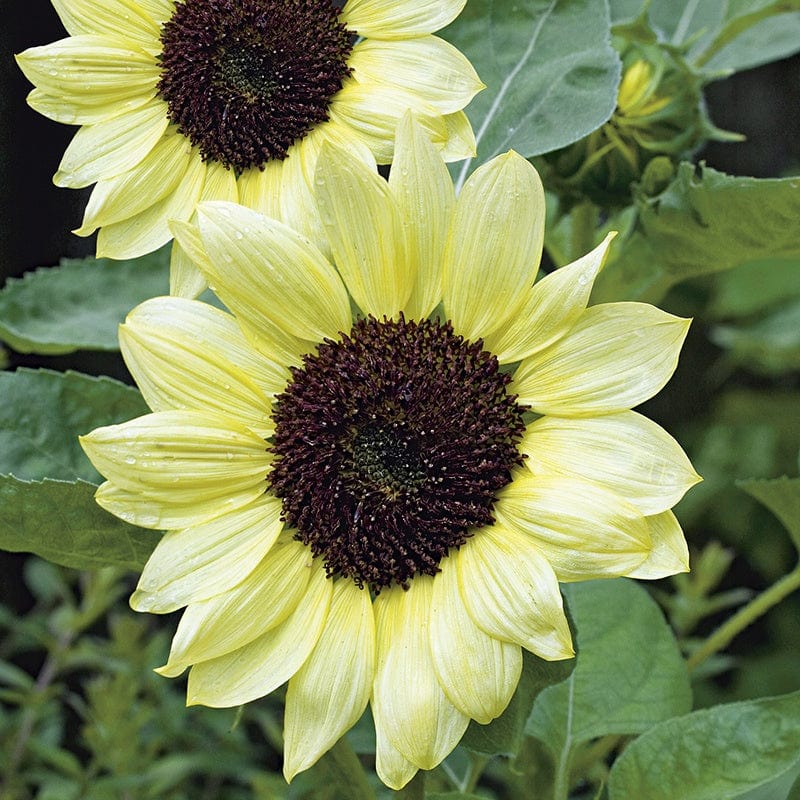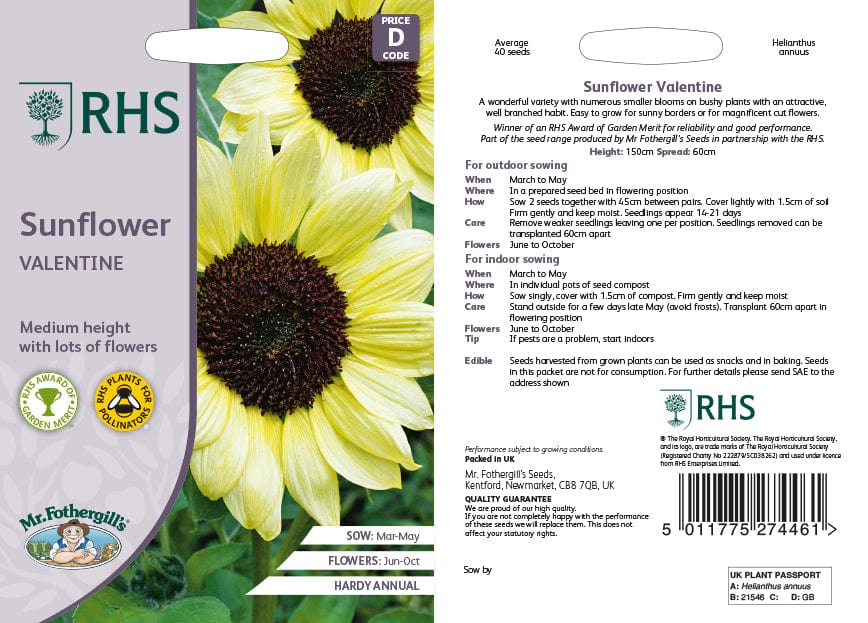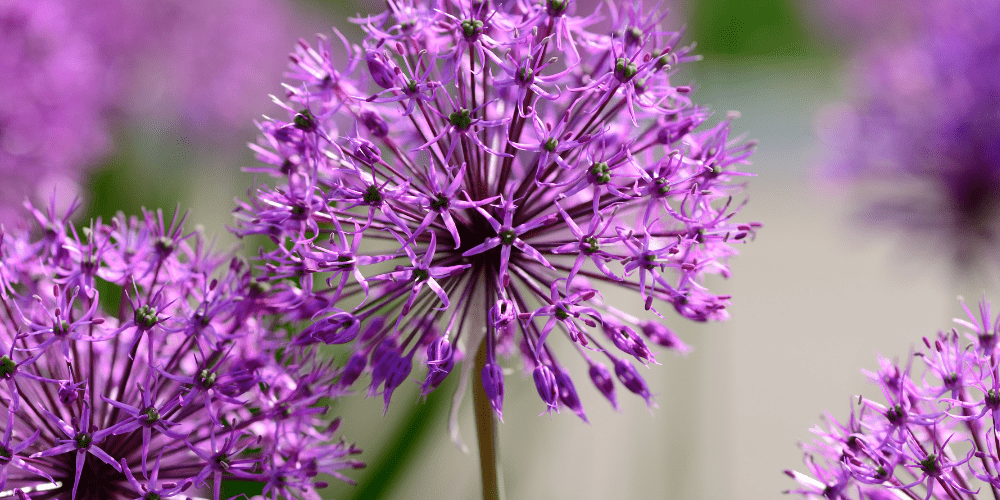From butterflies and beetles to spiders and earthworms, minibeasts play a vital role in keeping our garden ecosystems healthy. Moreover, they’re a delight to watch and study, especially for young nature enthusiasts. A minibeast hunt is a great way to encourage the whole family to get outdoors, connect with nature and experience the UK’s tiniest creatures up close.
In this guide from Fothergill’s, we’ll explore how to do a minibeast hunt at home. We’ll also share the best plants and garden accessories for creating a bug-friendly outdoor space!
What Are Minibeasts?
Minibeasts are the small invertebrates that live all around us, including in our gardens. Though they’re often called ‘bugs’ or ‘insects’, minibeasts are a very diverse group. They comprise not just six-legged insects but also spiders, snails, woodlice, earthworms, and other tiny creatures.
In the UK, minibeasts are essential for healthy garden ecosystems and overall biodiversity. They pollinate plants, break down organic matter in the soil, act as natural pest control and provide vital food sources for birds and wildlife.
How to Find Minibeasts
While you can find minibeasts all year round, spring and summer are the best times to go on a minibeast hunt – this is when most species are active.
What You’ll Need
You don’t need any special equipment to do a minibeast hunt: just a keen-eyed group of young explorers! However, the following tools can come in useful:
- A small spoon, paint brush or stick (like a wooden plant label) for moving delicate creatures without hurting them
- A magnifying glass – perfect for examining small creatures up close
- A clear lidded box or food storage container for temporarily housing your minibeasts
- A notebook and pen to help you keep track of the species you find
Wear comfortable outdoor clothes that you don’t mind getting damp or dirty. Remember to bring a camera if you want to take pictures of your bug-hunting adventure!
Where to Look
Start your hunt in the most promising minibeast habitats around your garden. Many minibeasts prefer hidden, sheltered spots during the day, so you must look closely to spot them.
Lift stones, logs, plant pots and loose paving slabs carefully to look for creatures like woodlice, worms and centipedes. Check flowering plants and leaves for feeding insects, and examine crevices in trees, fence posts and garden walls. Other great places to check include compost, soil and leaf piles that make goldmines for minibeasts.
Keep a close eye on water features and ponds, as many species (such as damselflies) can be found hovering near water. You might even spot aquatic insects such as pond skaters!
Things to Consider
Always supervise young children during minibeast hunts. Where possible, teach little explorers to look rather than touch, especially when it comes to delicate creatures such as butterflies. If you plan to gently move minibeasts to observe them better, always handle them carefully. Be aware that some minibeasts may bite or sting, such as certain species of spiders and caterpillars.
When you’ve finished observing minibeasts, always return them – and anything you moved, such as stones and logs – to exactly where you found them.
Minibeast Hunt Checklist
Use this handy minibeast hunt checklist as a guide to some of the common garden minibeasts you’re likely to find on your summer hunts.
- Ladybirds—these small spotted beetles are great pest controllers. They’ll be found on plants, hunting for aphids.
- Spiders — these eight-legged arachnids are found in webs and dark corners. Garden spiders are excellent for controlling flying insects.
- Woodlice — these tiny land-dwelling crustaceans hide in damp places, such as underneath plant pots and logs. They help break down dead plant matter, which enriches the soil naturally.
- Centipedes and millipedes — these many-legged arthropods are found in leaf litter, loose bark and underneath rocks. Centipedes hunt other invertebrates, whilst millipedes eat decaying plant matter.
- Earthworms – long and pink, earthworms are fantastic at aerating and enriching the soil. They’re usually underground, though they often surface when it rains.
- Bees and wasps — these vital winged pollinators support fruit and vegetable production. You’ll find them around flowers during warm weather.
- Butterflies — also essential pollinators, adult butterflies feed on flower nectar whilst their caterpillars provide food for garden birds.
- Slugs and snails — these molluscs are most active in damp conditions. Though sometimes considered garden pests, slugs and snails are essential decomposers and food sources for wildlife.
Create a Minibeast-Friendly Garden
Want to improve your chances of finding minibeasts on your next hunt? Start by planting pollinator-friendly plants and seeds, like lavender plants and native wildflowers. These provide essential nectar for bees and butterflies.
In addition, leave a few wild corners with log piles and stone heaps where creatures can hide. You can also add bug hotels and bee boxes, which serve as excellent pre-made shelters! These simple changes will help your garden support local biodiversity, ensuring plenty of fascinating minibeast discoveries.
Head to Fothergill’s today for everything you need to create a bug-friendly garden, from wildflower seeds to bee accessories. For more helpful tips and how-tos, visit our gardening blog.

















